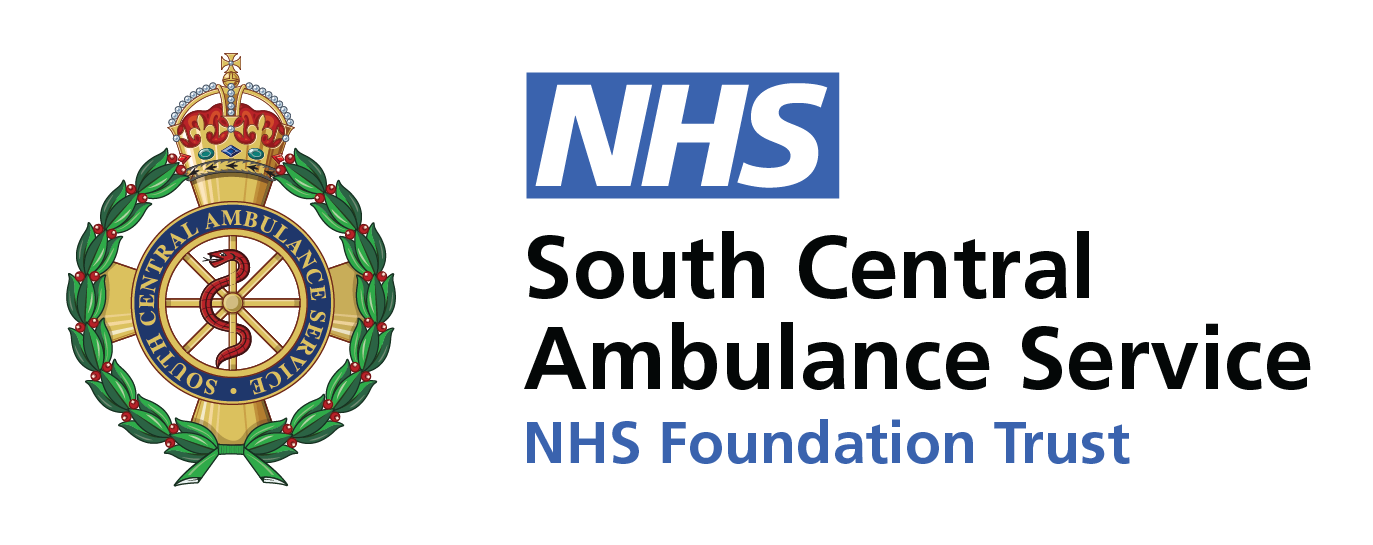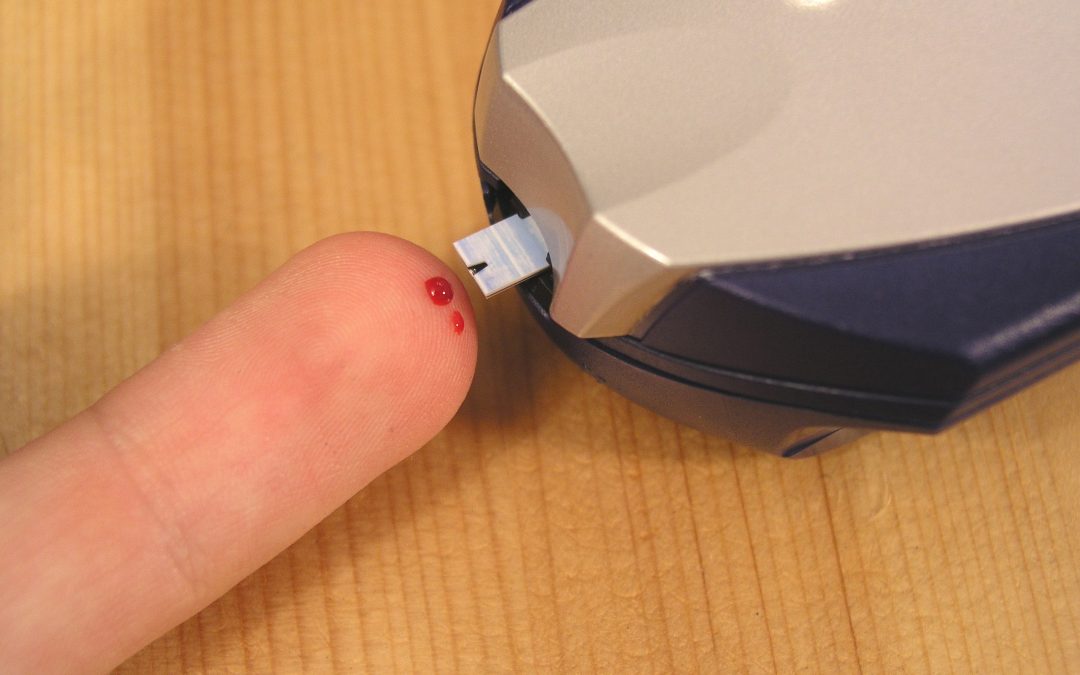What is diabetes?
- Diabetes is a lifelong condition that causes a person’s blood sugar levels to become too high
- Insulin (hormone produced by the pancreas) is responsible for controlling the amount of glucose in the blood
- In teenagers it is most common to have type 1 diabetes – symptoms develop very quickly in young people whereas in adults it takes longer to develop
Types
There are 2 main types of diabetes:
- Type 1: pancreas doesn’t produce ANY insulin
- Type 2: pancreas doesn’t produce ENOUGH insulin or the cells don’t react to the insulin
Symptoms
- Feeling thirsty all the time
- Feeling very tired
- Passing urine more often than normal
- Weight loss or loss of muscle bulk
Causes of type 1 diabetes
- Caused by the pancreas stopping making insulin
- It’s an autoimmune condition so the immune system attacks healthy body tissues and cells in the pancreas by mistake
- Often inherited so can be genetic – 6% chance of developing type 1 diabetes if a close relative has the condition
- Thought to be caused by viral infection in some cases
Living with type 1 diabetes
- You will be referred to a specialist diabetes team for treatment and monitoring
- Treatment involves:
- Daily insulin injections
- Keeping blood glucose levels as normal as possible
- Control of the symptoms and looking after your health by having:
- Healthy diet
- Regular physical activity
- No smoking and moderate drinking
- Losing weight if overweight
Causes of type 2 diabetes
- It occurs when the body doesn’t produce enough insulin to function properly, or the body’s cells don’t react to insulin. This means glucose stays in the blood and isn’t used as fuel for energy
- It’s often associated with obesity and tends to be diagnosed in older people. It’s far more common than type 1 diabetes
Living with type 2 diabetes
As type 2 diabetes usually gets worse, you may eventually need medication – usually tablets – to keep your blood glucose at normal levels.
If you already have type 2 diabetes, it may be possible to control your symptoms by making lifestyle changes. This also minimises your risk of developing complications.
Sources: Diabetes UK ; NHS website
Apps
Click on the icons below for further information on useful apps that are available:
 Mumoactive makes tracking your type 1 diabetes quick and easy so you can get on with your life. Add your values, such as blood sugar, by moving your finger up and down a wheel on your device’s touchscreen. Your values are collated into simple graphs, which you can share securely with your family and your doctor.
Mumoactive makes tracking your type 1 diabetes quick and easy so you can get on with your life. Add your values, such as blood sugar, by moving your finger up and down a wheel on your device’s touchscreen. Your values are collated into simple graphs, which you can share securely with your family and your doctor.
![]() MyDesmond is an online self-management diabetes education programme. It’s designed to help people with type 2 diabetes and those at risk of developing type 2 diabetes care for their own diabetes in a positive way. You need to be referred by a GP to use MyDesmond.
MyDesmond is an online self-management diabetes education programme. It’s designed to help people with type 2 diabetes and those at risk of developing type 2 diabetes care for their own diabetes in a positive way. You need to be referred by a GP to use MyDesmond.

